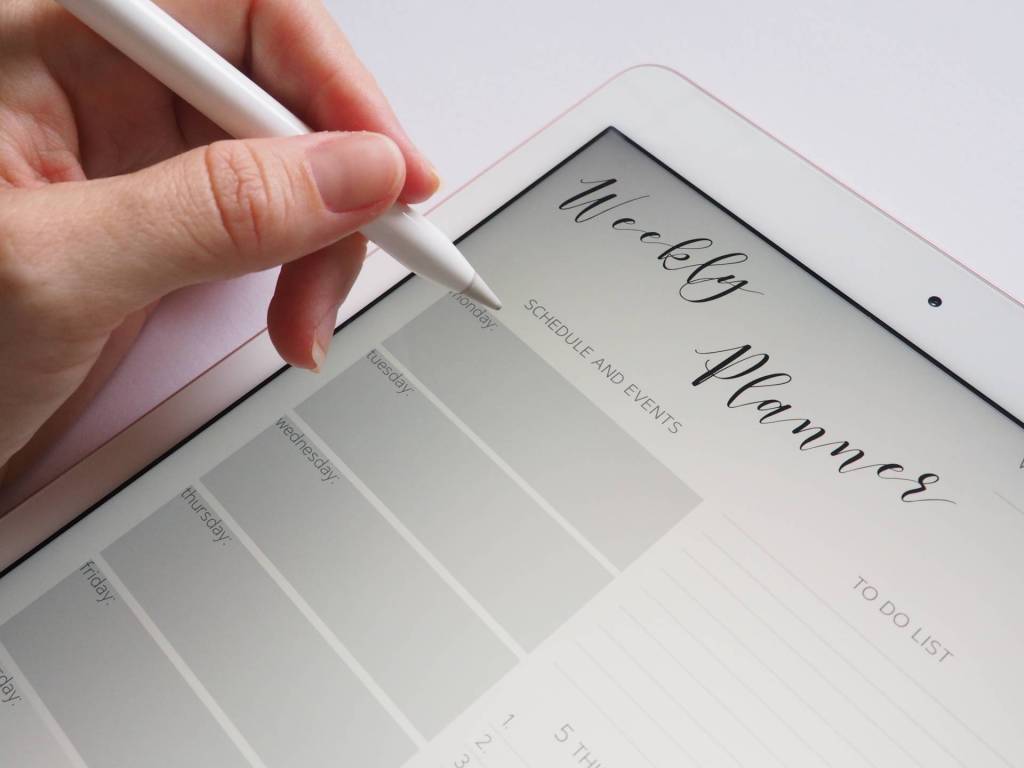Today’s post is the second in a series of blog posts dedicated to your personal branding toolkit. A toolkit is a compilation of marketing materials used to help sell yourself, your business or both. It’s how you stand out without evening talking to someone. Not everyone has to use each tool, but they will give you some great ideas about what you CAN do.
Your personal branding toolkit
1) Business cards
2) Portfolios
3) Resumes
4) Cover letters
There are three types of portfolios
- CD/DVD: I’ve used a CD during interviews and it was such a differentiator that they couldn’t stop talking about it. I bet even if the CD was blank it would still seem impressive to them. The CD I created had examples of websites I built, logos I created, small pieces of a business plan I wrote, as well as standard documents, such as a resume and cover letter. Each of these main topics had it’s own folder to make it easier for the recruiter to peruse the portfolio. The CD also had an imprinted cover that I designed using the program “Easy CD Creator.” The cover listed my name, “2005-6 Portfolio” and the employers name for personalization purposes.
- Web only: In the future, recruitment will be almost entirely about relationships between hiring managers and applicants through websites (whether they are “social” or not). If you already have a branded website (i.e. yourname.com) or a blog, then you can do screen shots of your work, edit them cleanly and append them onto your site. After placing all of these graphics on your site, you will have a link to put in your resume. On your resume it should say “See my online portfolio – yourname.com/portfolio.html.”
- Print: Some people are better at just displaying their work on paper. All you have to do is print out your work on high quality paper and bring it into your interview or meeting with your client. You could wrap up a few projects into a brochure and hand it to them as samples of your work.
When are portfolios required
If you are going for a creative position, you really need a portfolio because, like I’ve said many times, everyone is OBSESSED with previous accomplishments. Why? People are crazy about trust and who they invest their time and money in. They want evidence that you succeeded in the past so they can visualize the same success in the future. Creative positions are typically in art, website design, branding, marketing, etc. Freelance journalism is also an area where writing samples or previous publications are crucial. You need to prove to people time and time again that you have credibility and writing skills.
3 tips for grade A portfolios
1) The amount of samples: If you are just starting to build your portfolio, use everything as a case study and don’t be picky or selective. On the other hand, if you’ve built up a army of case studies, then take only the top 5, in each category, to use in your portfolio.
2) Use categories: Don’t have a cluttered website that has images of logos, other websites and written pieces all over it. Break everything you do into categories that make sense for the reader. If one category isn’t your strong suit, then demote it on your site. It’s really that easy.
3) Include descriptions: Just because a picture says 1,000 words means I know what the heck your talking about. You need to have a title, objective, date and written description for each piece of work that you promote. The description should talk about the company you worked for, what the problem and solution was and your results.












